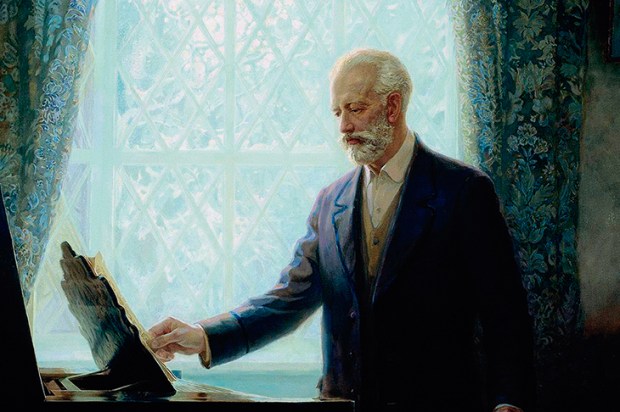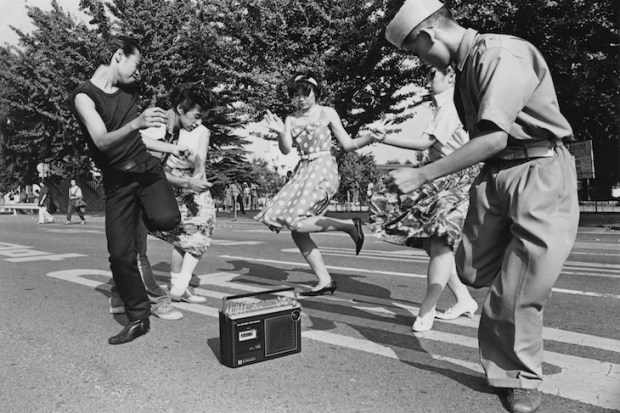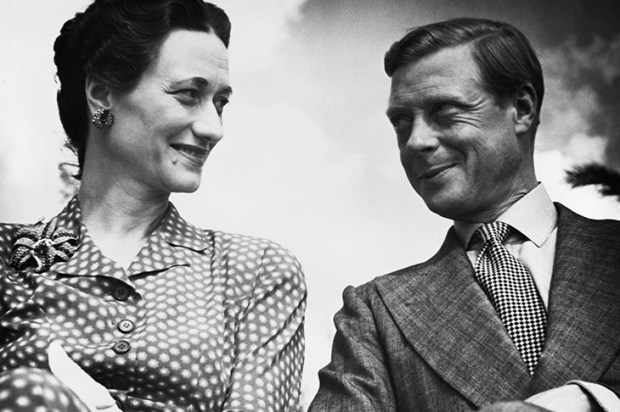Is there anything more depressing than the prospect of reading a writer’s collected essays, journalism and occasional pieces? Most of it is sheer dross, the work of the left hand, written under the cosh in double-quick time and for easy money. There are of course exceptions: Orwell, though even then you have to wade through a terrible lot of dreck; the late, great, much-missed Gilbert Adair; the New Yorker’s ever-so-sweet E.B. White; the definitive bouncing Czech Karel Capek (whose journalism was translated into English some years ago, published as Believe in People); and Marianne Moore, whose reviews are almost as astonishing as her poetry.
In her introduction to See What Can Be Done, Lorrie Moore, the much lauded American short story writer and novelist, expresses doubts about the value of the enterprise:
Essays, reviews, occasional meditations are all included here. Whether there is really a reason to round them up, even selectively, is a question I can’t answer. But I can say that I did the gathering because, looking at my decades-long life as a fiction writer I noticed another trail had formed — a shadow life of miscellaneous prose pieces — and I wondered about it as a trip, if not precisely a journey.
One might perhaps describe a trip as a journey without a purpose: what matters on such a jaunt is the quality of the company rather than the destination.
Fortunately, Moore is marvellous company. Indeed, during the course of this vast 400-page detour she proves herself such a delightful companion in every way — a smart, sardonic, world-weary sort of companion — and with such spot-on taste that by the end of the book you want her to be your BFF. You like her so much that you really, really want her to like you. Nora Ephron’s name ‘sounds like a neurotransmitter or a sinus medication’ — I know, doesn’t it just, Lorrie! Don’t Richard Ford’s book jacket photographs all have ‘a Tin Woodman tint, evoking a man of metal and mettle, in sorrowful quest of his forgotten heart’? Yes, yes, they do! ‘One continually marvels at the spare, unmuddied jazz of a Vonnegut sentence and too often despairs of his ramshackle plots.’ One does! In V.S. Pritchett one can feel the effect of a certain ‘shrinkage’. One can! And didn’t Philip Roth really just write ‘for the avid consumption of the more literate members of an essentially middlebrow audience’? Well, maybe.
There are of course some dead-ends pursued that are perhaps a little tiresome. In its meanderings through the highways and byways of 30-odd years of mostly American literature, See What Can Be Done is a reminder that literary tastes are horribly fickle and that most books and writers are destined to be instantly forgotten. Yesterday’s genre-defying/career-defining/astonishing debut is often no more than today’s ‘Who? What? No, never heard of them’. Anyone remember Stanley Elkin’s The MacGuffin? Charles Baxter’s Shadow Play? Matthew Klam’s Sam the Cat?
In addition to the reviews and essays on literature there are half a dozen pieces about television. Moore watches and enjoys exactly what we all watch and enjoy, except she knows better how to explain the source of her pleasure. She gets everything that was so right about True Detective: not just the Louisiana setting and the exquisite cinematography but the peculiar skills of the actors (Woody Harrelson’s ‘angry underbite’ and Matthew McConaughey’s ‘bored-to-the-gills gnomic utterances’). She puts The Wire and O.J.: Made in America in their contexts, and Homeland in its place. There is also a handful of essays of variable quality on individuals of variable quality — Barack Obama, Lena Dunham, Helen Gurley Brown, Hillary Clinton and Stephen Stills.
But what’s perhaps most revealing in the book is Moore’s lifelong engagement with — and devotion to — the work of Alice Munro, the great Canadian short story writer. See What Can Be Done contains no fewer than three reviews of Munro’s work, one of which contains a snappy summing up that expresses my own admiration entirely: ‘These are the haphazard migrations of life and love.’
Got something to add? Join the discussion and comment below.
Get 10 issues for just $10
Subscribe to The Spectator Australia today for the next 10 magazine issues, plus full online access, for just $10.
You might disagree with half of it, but you’ll enjoy reading all of it. Try your first month for free, then just $2 a week for the remainder of your first year.














Comments
Don't miss out
Join the conversation with other Spectator Australia readers. Subscribe to leave a comment.
SUBSCRIBEAlready a subscriber? Log in